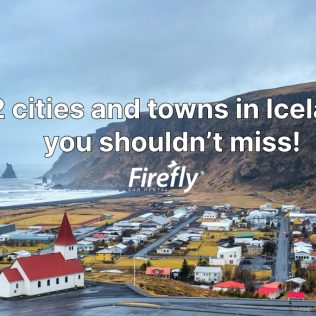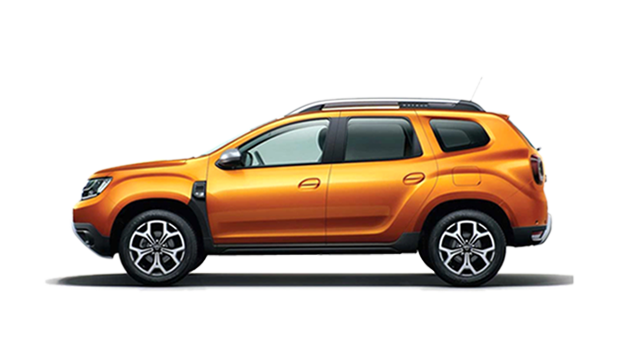With 107 cities stretched out across the small island nation of Iceland, it can be difficult to narrow down which ones are worth visiting. Here are 12 of the best cities to visit in Iceland and how to get there by car.
Fun Facts about Cities and Towns in Iceland
Iceland is a remote country with a small population. The largest city, Reykjavik, has a population of around 233,034 in the Greater Reykjavik area. This is 64% of Iceland’s entire population! The smallest town in Iceland is Mjóifjörður, with just 7 residents. As you can see, towns in Iceland can vary drastically from tiny settlements to bustling cities.
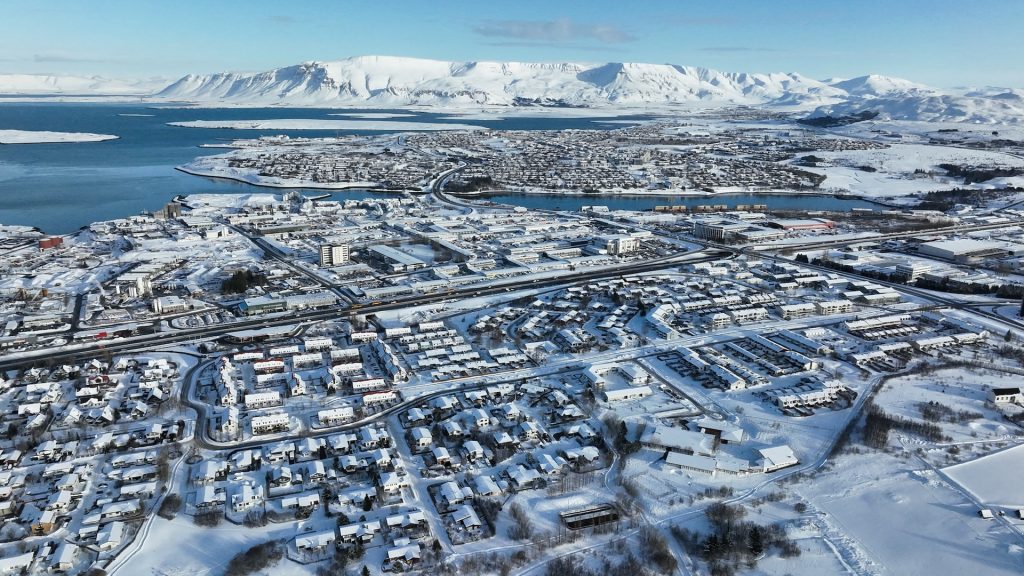
What Car Should You Rent to Visit Cities and Towns in Iceland?
Choosing the right car for your Iceland trip depends on a few factors like weather and the size of your group. Here are some considerations before deciding on your rental car.
Weather:
- If you’re traveling in the summer, a standard vehicle should suffice.
- For winter or shoulder seasons, a 4WD vehicle is recommended due to snow and ice.
Road Conditions:
- If you plan to drive on F-roads in the summer or visit remote areas like the Westfjords, you’ll need a 4×4 vehicle.
- For remote areas and the north in the shoulder season, a 4×4 is also advisable.
Group Size:
- European cars are generally smaller than American vehicles, so consider a larger car if you’re traveling with a group.
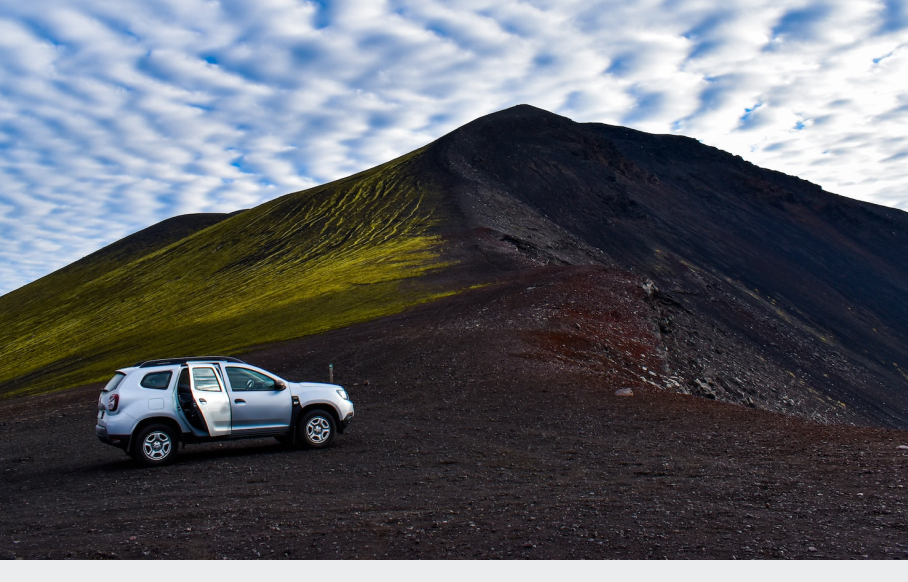
1. Reykjavik – The largest city in Iceland
Reykjavik, the capital of Iceland, is the largest city in the country. Settled in 874 AD by Ingólfur Arnarson, Reykjavik holds the title of being the world’s northernmost capital of a sovereign state. This vibrant city has grown significantly since its early days, now boasting a population of around 233,034 in the Greater Reykjavik area, which is about 64% of Iceland’s entire population.
Why Reykjavik is a Must-Visit City
Reykjavik is a city that cannot be missed for several reasons. First, it is a hub of Icelandic culture and history. The city is brimming with museums, galleries, and historical sites that offer a glimpse into Iceland’s rich past and vibrant present.
Here are some top attractions in Reykjavik:
- Hallgrimskirkja Church: This iconic structure is the largest church in Iceland and offers stunning views of the city from its tower.
- The National Museum of Iceland: Dive into Icelandic history and culture through fascinating exhibits and artifacts.
- Harpa Concert Hall: A modern architectural gem that hosts concerts, events, and offers breathtaking views of the harbor.
- Reykjavik Botanic Gardens: A peaceful oasis in the city, showcasing a variety of Icelandic and international plants.
- Blue Lagoon: While technically outside Reykjavik, this famous geothermal spa is a short drive away and offers a unique and relaxing experience.
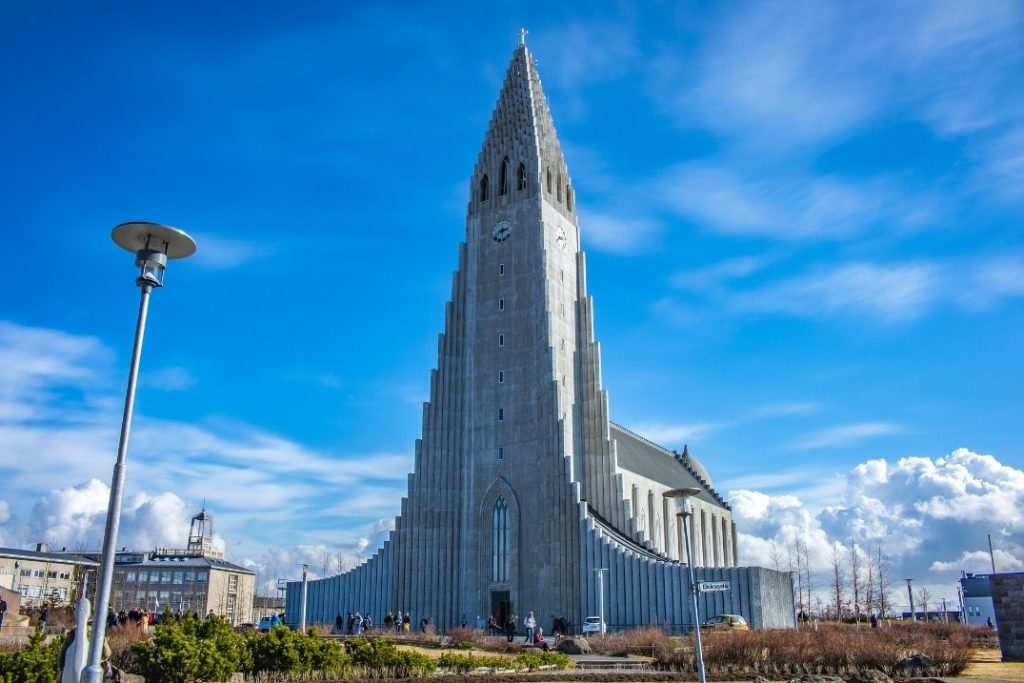
In addition to these attractions, Reykjavik is known for its lively arts scene, bustling nightlife, and delicious food. Don’t miss out on trying the famous Icelandic hot dogs or fresh seafood at one of the many local restaurants.
How to Visit Reykjavik by Car
Getting to Reykjavik is easy and convenient. Most visitors arrive at Keflavik International Airport (KEF) and drive northeast to the city. The drive from the airport to Reykjavik takes about 45 minutes along Route 41.
Car Rental Tips for Reykjavik:
- Summer Visits: A standard small car is perfect for getting around Reykjavik and to/from the airport.
- Winter Visits: Consider renting a 4×4 vehicle, especially if you’re visiting from December to February, as road conditions can be challenging due to snow and ice.
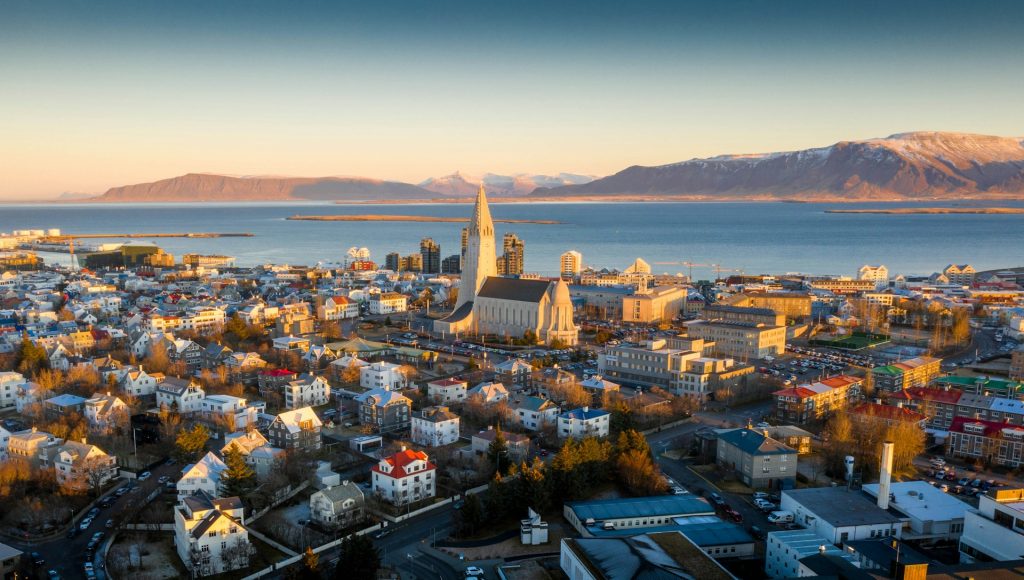
2. Vík í Mýrdal – A Well-Known Town in the South
Vík í Mýrdal, commonly known as Vik, is a charming coastal town located in the southernmost part of Iceland. This picturesque village was settled in the early 10th century and has since grown into a beloved destination for travelers. Today, Vík has a population of around 318 residents, making it a small yet significant spot on the Icelandic map.
Why Vík í Mýrdal is a Must-Visit Town
Vík is renowned for its stunning natural beauty and its proximity to some of Iceland’s most famous landmarks. Here are a few reasons why Vík should be on your travel itinerary:
- Reynisfjara Beach: Known for its dramatic black sand and towering basalt columns, Reynisfjara Beach is a must-see. The beach offers breathtaking views of the Reynisdrangar sea stacks and the Dyrhólaey promontory.
- Mýrdalsjökull Glacier: This glacier, which covers the volcano Katla, is a short drive from Vík. Visitors can take guided tours to explore the glacier’s icy expanse.
- Skógafoss Waterfall: Just a 30-minute drive from Vík, this powerful waterfall is one of Iceland’s largest and most picturesque. Climb the stairs to the top for a stunning view.
- Vík Church: Perched on a hill overlooking the town, the charming Vík Church offers panoramic views of the area and is a great spot for photos.
In addition to these attractions, Vík is a great base for exploring the south coast of Iceland, known for its breathtaking landscapes and geological formations. The town itself is cozy and welcoming, with several guesthouses, restaurants, and shops catering to visitors.
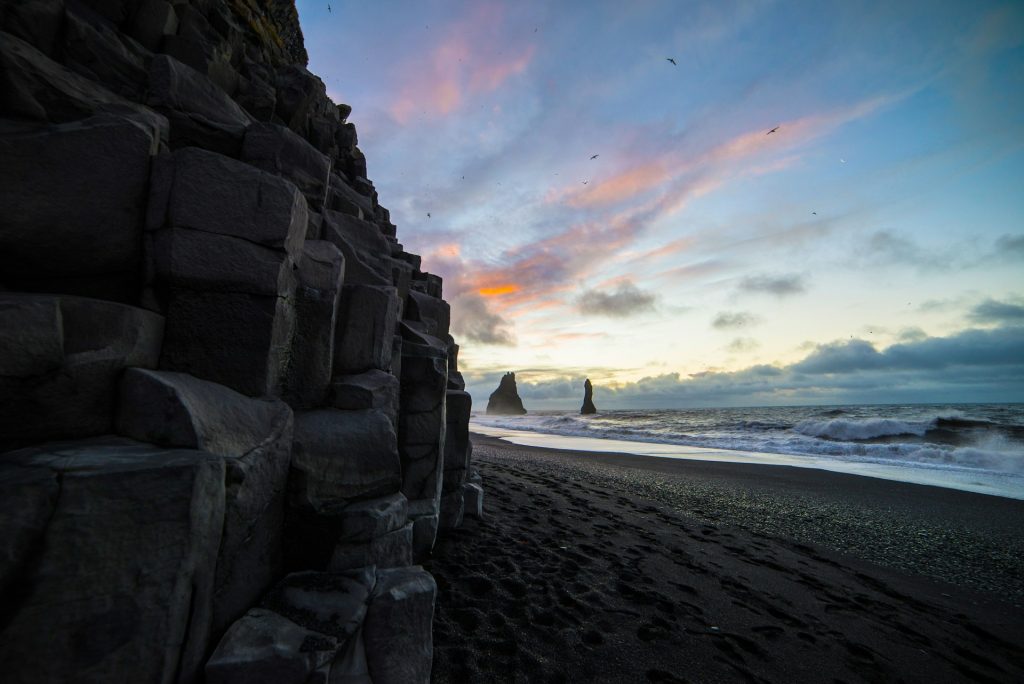
How to Visit Vík by Car
Vík is easily accessible by car from Reykjavik. The journey along Route 1, also known as the Ring Road, takes about 2 hours and 30 minutes. This scenic drive offers stunning views of the Icelandic countryside, with plenty of opportunities to stop and take photos along the way.
Car Rental Tips for Vík:
- Summer Visits: A standard car is adequate for driving to and around Vík during the summer months.
- Winter Visits: In winter, it’s advisable to rent a 4×4 vehicle due to the possibility of snow and icy roads, especially as you get further from Reykjavik.
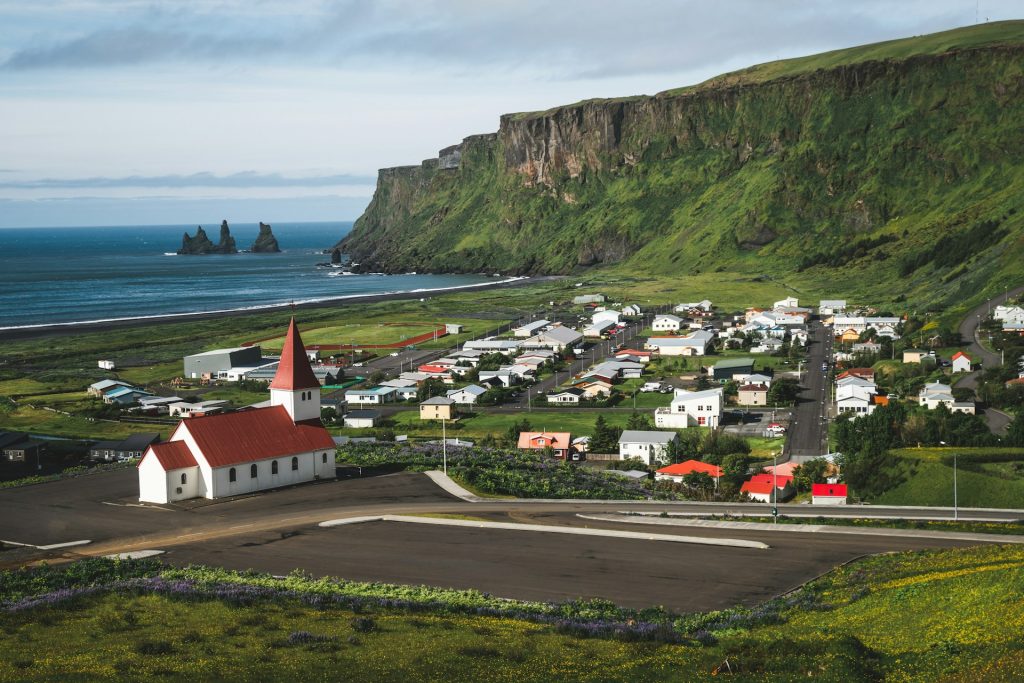
3. Höfn – The Lobster Town
Höfn, often referred to as “The Lobster Town,” is a picturesque fishing village in Iceland located in the southeast. Settled in the late 19th century, Höfn has grown into a thriving community with a population of around 1,700 residents. This charming town is nestled in the shadow of Vatnajökull, Europe’s largest glacier, making it a significant hub for both fishing and tourism.
Why Höfn is a Must-Visit Town
Höfn is renowned for its stunning natural surroundings and its reputation as a center for lobster fishing. Here are a few reasons why Höfn should be on your Iceland travel itinerary:
- Vatnajökull National Park: Höfn is the gateway to Vatnajökull National Park, home to the largest glacier in Europe. Visitors can take guided tours to explore the glacier’s stunning ice formations and caves.
- Vestrahorn Mountain: Often called “Batman Mountain,” Vestrahorn is a dramatic peak located near Höfn. It offers fantastic photo opportunities, especially at sunset when the light illuminates the mountain.
- Hoffell Hot Tubs: Just a short drive from Höfn, these natural hot tubs offer a relaxing way to enjoy the geothermal activity of the region while soaking in the stunning views.
- Höfn Lobster Festival: Celebrated annually, this festival is a treat for seafood lovers, showcasing the town’s famous lobster dishes and local culture.
Höfn is also known for its picturesque harbor and the scenic views of the surrounding glaciers and mountains. The town offers a variety of restaurants, guesthouses, and shops, making it a comfortable and welcoming stop for travelers.
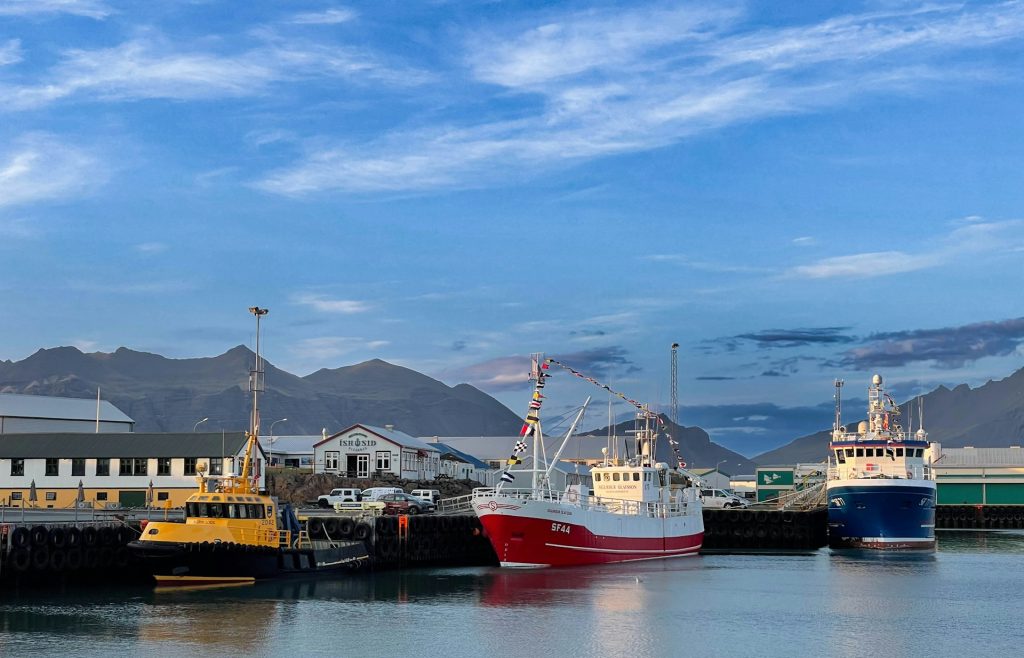
How to Visit Höfn by Car
Reaching Höfn by car is straightforward and offers a scenic drive through some of Iceland’s most beautiful landscapes. Here’s how you can get there:
- Driving Directions: From Reykjavik, take Route 1 (the Ring Road) south and then follow Route 99 to Höfn. The drive takes approximately 5 hours.
- Summer Visits: A standard car is sufficient for driving to Höfn during the summer months.
- Winter Visits: In winter, it is advisable to rent a 4×4 vehicle due to the possibility of snow and icy conditions, especially on the mountain passes.
Car Rental Tips for Höfn
- Road Conditions: While the roads to Höfn are generally well-maintained, having a 4×4 vehicle can be beneficial in winter for additional safety and comfort.
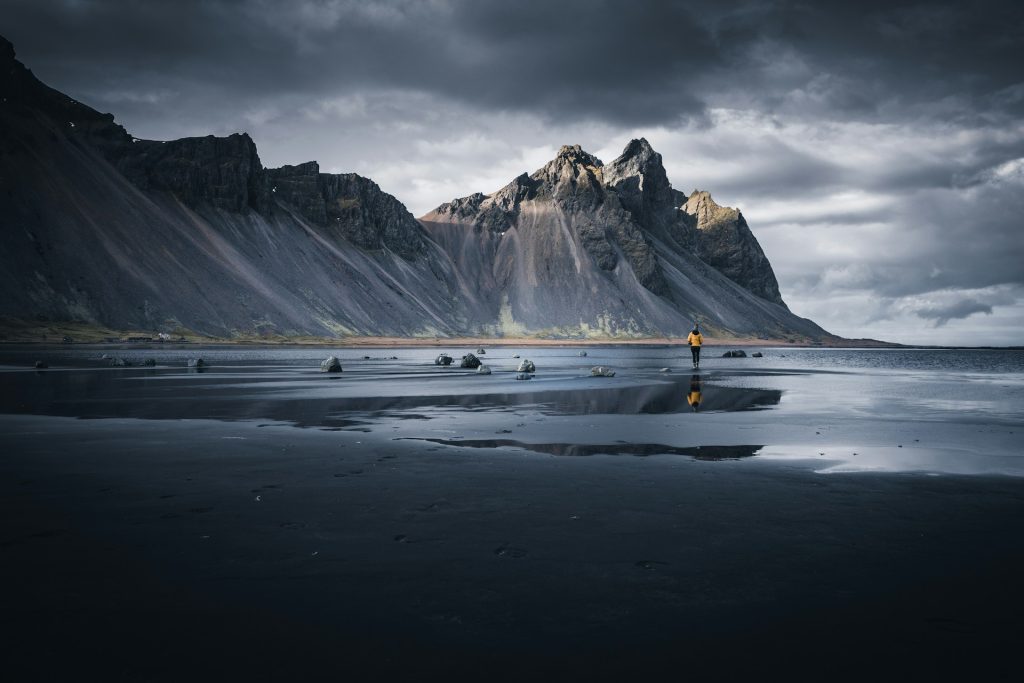
4. Egilsstaðir – The Biggest City in East Iceland
Egilsstaðir is the largest town in East Iceland, serving as the region’s main service and transportation hub. Established in 1947, it has grown steadily and now has a population of around 2,500 residents. This town is strategically located on the banks of the Lagarfljót river, providing a perfect base for exploring the scenic Eastfjords.
Why Egilsstaðir is a Must-Visit Town
Egilsstaðir is known for its beautiful landscapes, rich history, and as a gateway to some of Iceland’s hidden gems. Here are a few reasons why Egilsstaðir should be on your travel list:
- Lagarfljót Lake: Home to Iceland’s legendary lake monster, Lagarfljótsormurinn, this lake is perfect for boating and fishing. The lake is also surrounded by lush forests, ideal for hiking.
- Hallormsstaðaskógur Forest: Iceland’s largest forest, located near Egilsstaðir, offers numerous hiking trails, picnic areas, and camping spots.
- Vök Baths: These geothermal floating pools on Lake Urriðavatn provide a unique and relaxing experience, with stunning views of the surrounding nature.
- Seyðisfjörður: A short drive away, this picturesque village is known for its vibrant arts scene and charming wooden buildings. It is also the port for the Smyril Line ferry from Europe.
- Hengifoss Waterfall: One of Iceland’s tallest waterfalls, located just a short drive from Egilsstaðir, offers a beautiful hike and stunning views.
Egilsstaðir also offers a variety of amenities, including swimming pools, golf course, shops, restaurants, and hotels, making it a convenient and comfortable stop for travelers.

photo from Visit Egilsstadir
How to Visit Egilsstaðir by Car
Reaching Egilsstaðir by car provides an opportunity to enjoy the breathtaking scenery of the Eastfjords. Here’s how to get there:
- Driving Directions: From Reykjavik, take Route 1 (the Ring Road) north, then east. The journey takes approximately 8 hours, offering scenic views of mountains, fjords, and coastline along the way.
- Summer Visits: A standard car is usually sufficient for driving to Egilsstaðir during the summer months.
- Winter Visits: In winter, it is recommended to rent a 4×4 vehicle due to the possibility of snow and icy road conditions, particularly through the mountain passes.
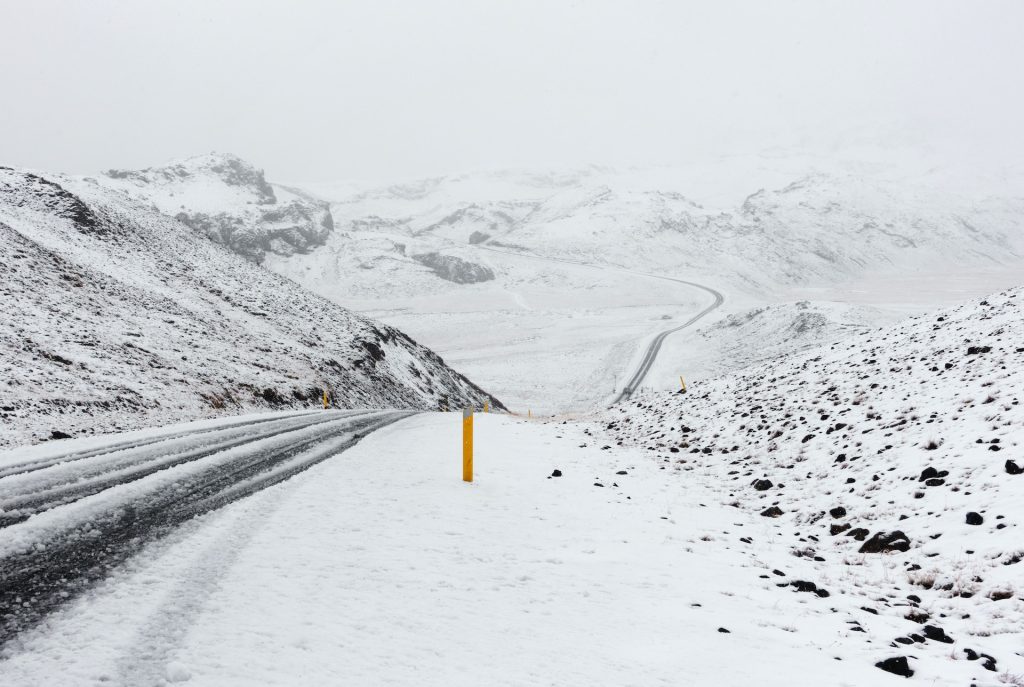
5. Akureyri – The Capital of the North
Akureyri, often referred to as the “Capital of the North,” is Iceland’s second-largest urban area, located just 100 km south of the Arctic Circle. This vibrant town, with a population of around 19,000 residents, has a rich history dating back to its establishment as a trading post in 1602. Akureyri has grown into a bustling cultural and economic hub in North Iceland.
Why Akureyri is a Must-Visit Town
Akureyri is known for its stunning natural surroundings, rich cultural heritage, and a wide range of activities and attractions. Here are a few reasons why Akureyri should be on your itinerary:
- Goðafoss Waterfall: Located just a short drive from Akureyri, this breathtaking waterfall is one of Iceland’s most famous natural landmarks.
- Akureyri Botanic Gardens: Established in 1912, these gardens feature a diverse collection of Icelandic and foreign plant species, making it a peaceful retreat in the heart of the city.
- Myvatn Nature Baths: Often referred to as the “Blue Lagoon of the North,” these geothermal baths offer a relaxing experience with stunning views of the surrounding landscape.
- Akureyri Art Museum: Showcasing contemporary Icelandic art, this museum is a cultural gem in the town.
- Whale Watching: Akureyri is a great base for whale watching tours, particularly in the summer months when humpback whales and other species are frequently spotted.
- Historic Buildings: Explore the charming old town area with its well-preserved wooden houses and historical sites.
Akureyri is also known for its vibrant arts scene, excellent restaurants, and cozy cafes. The town is a great place to experience local culture and hospitality.

How to Visit Akureyri by Car
Reaching Akureyri by car is straightforward and offers a scenic drive through the beautiful landscapes of North Iceland. Here’s how you can get there:
- Driving Directions: From Reykjavik, take Route 1 (the Ring Road) north. The journey takes approximately 4 hours and 40 minutes.
- Summer Visits: A standard car is typically sufficient for driving to Akureyri during the summer months.
- Winter Visits: In winter, it is advisable to rent a 4×4 vehicle due to the possibility of snow and icy road conditions, especially on mountain passes.
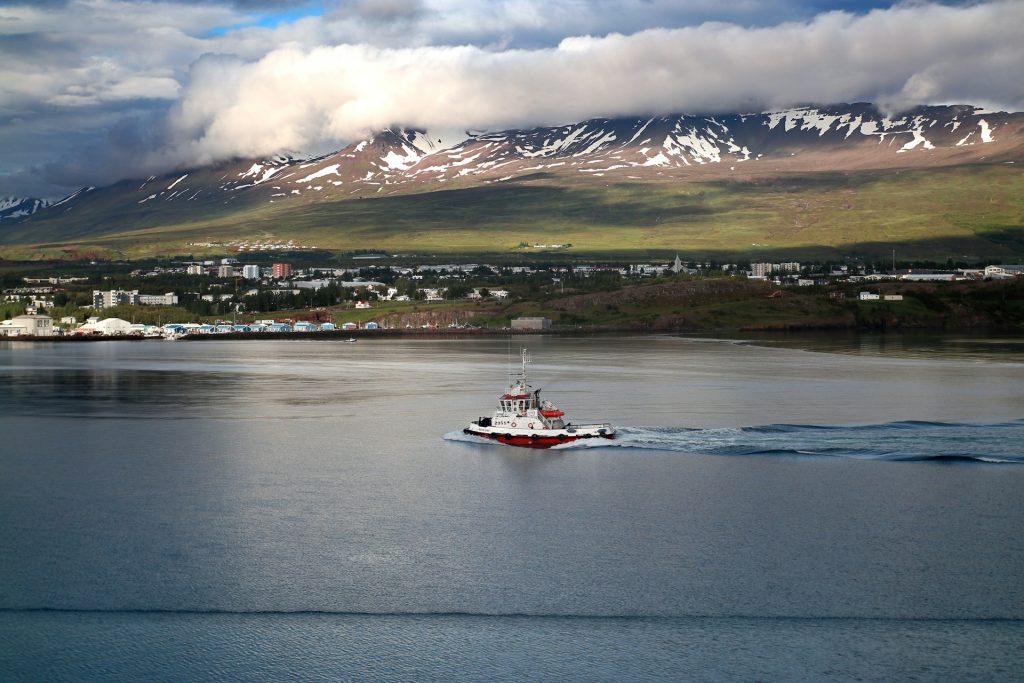
6. Húsavík – The Whale Watching Capital of Europe
Húsavik, a charming harbor town located on the north coast of Iceland, is often hailed as the whale watching capital of Europe. This small town, with a population of around 2,300 residents, has a rich maritime history and offers some of the best whale watching experiences in the world. The town’s history dates back to the early days of settlement in Iceland, and it has long been an important trading post and fishing village.
Why Húsavík is a Must-Visit Town
Húsavík is renowned for its incredible whale watching opportunities and its charming, picturesque setting. Here are a few reasons why Húsavik should be on your travel list:
- Whale Watching Tours: Húsavík offers some of the best whale watching tours in Europe. During the summer months, visitors can see humpback whales, minke whales, blue whales, and various dolphin and porpoise species.
- Húsavík Whale Museum: This museum provides fascinating insights into marine life and the history of whale watching in Húsavík. It’s a must-visit for anyone interested in the ocean and its inhabitants.
- Geosea Geothermal Sea Baths: These unique sea baths offer a relaxing experience with stunning views of the Skjálfandi Bay. The warm, mineral-rich seawater is perfect for soaking and unwinding.
- Húsavíkurkirkja Church: This beautiful wooden church, built in 1907, is an architectural gem and offers a glimpse into the town’s history and culture.
- Puffin Island: A short boat ride from Húsavik, this island is home to a large colony of puffins, making it a great spot for bird watching.
Húsavík also features a variety of cozy cafes, local restaurants, and charming guesthouses, providing a warm and welcoming atmosphere for visitors.
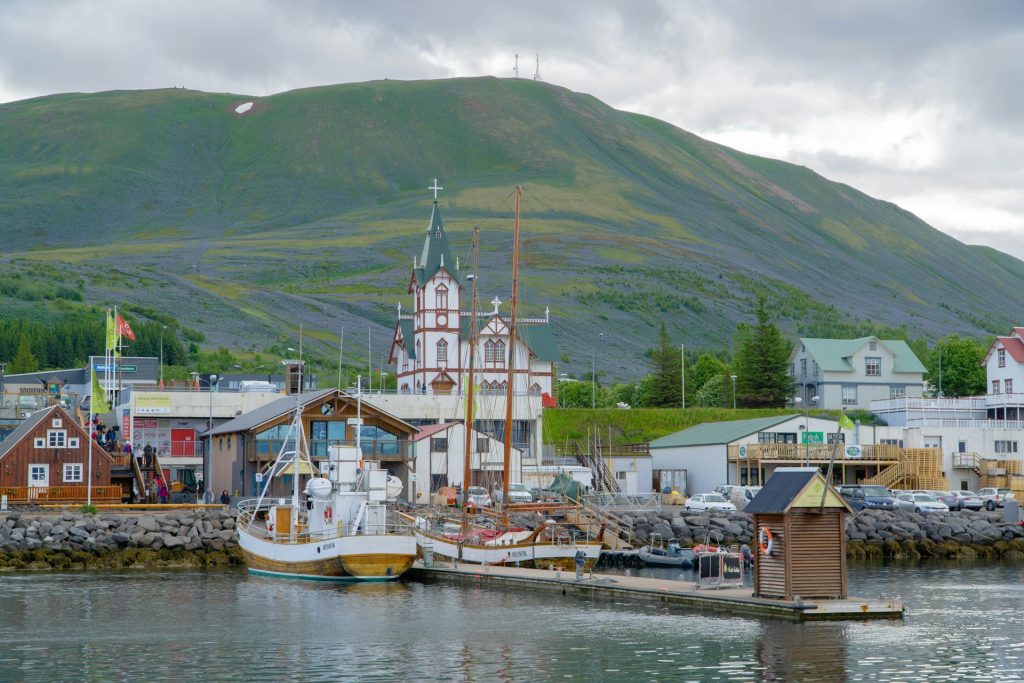
How to Visit Húsavík by Car
Reaching Húsavík by car allows you to enjoy the scenic beauty of North Iceland. Here’s how to get there:
- Driving Directions: From Reykjavik, take Route 1 (the Ring Road) north and then turn onto Route 85 towards Húsavík. The drive takes about 5 hours and 40 minutes.
- Summer Visits: A standard car is usually sufficient for driving to Húsavík during the summer months.
- Winter Visits: In winter, it is advisable to rent a 4×4 vehicle due to the possibility of snow and icy road conditions, particularly in the northern regions.
Car Rental Tips for Húsavík:
- Road Conditions: The roads to Húsavík are generally well-maintained, but a 4×4 vehicle is recommended in winter for added safety and comfort.
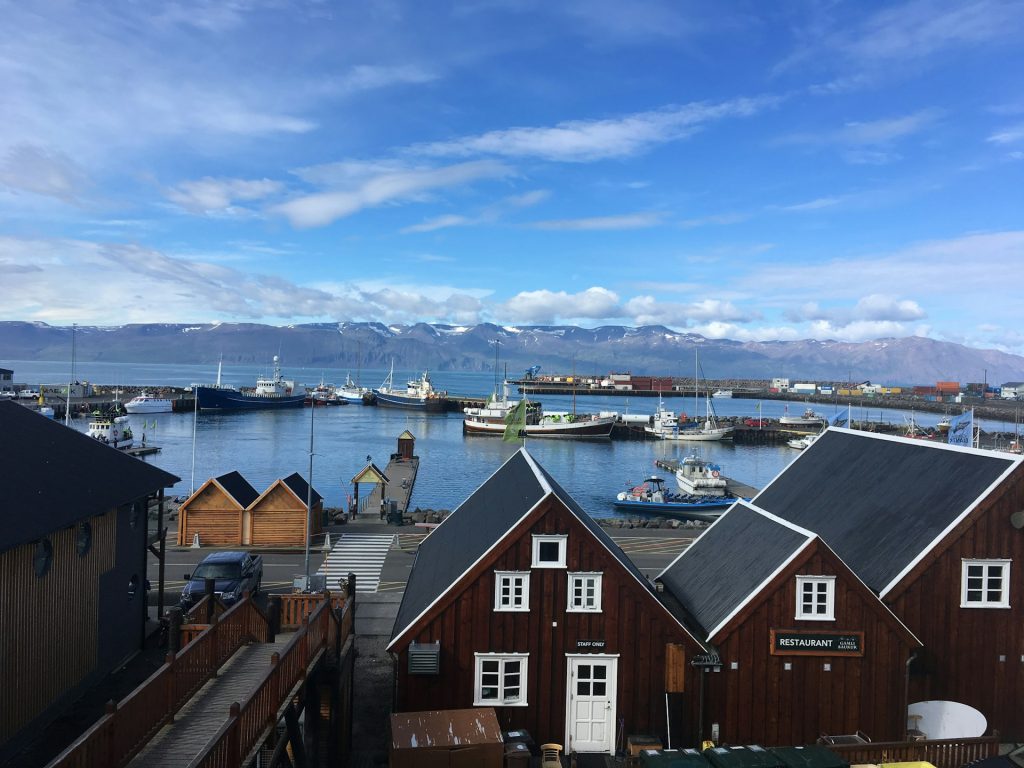
7. Ísafjörður – A Charming Fishing Village
Located in the Westfjords region, Ísafjörður is a picturesque fishing village surrounded by dramatic mountains and fjords. With a population of around 2,600 residents, Ísafjörður is the largest town in the Westfjords and serves as a regional hub. This quaint town was settled in the 9th century and has a rich history as a trading post and fishing center.
Why Ísafjörður is a Must-Visit Town
Ísafjörður is known for its stunning natural beauty, rich cultural heritage, and vibrant local life. Here are a few reasons why Ísafjörður should be on your Iceland travel itinerary:
- Westfjords Heritage Museum: This museum showcases the maritime history of the Westfjords, with exhibits on fishing, boat building, and the daily lives of the region’s inhabitants.
- Hornstrandir Nature Reserve: Accessible by boat from Ísafjörður, this remote and pristine nature reserve offers incredible hiking opportunities and the chance to see Arctic foxes and diverse birdlife.
- Tjöruhúsið Restaurant: Located in one of the oldest buildings in town, this restaurant is famous for its fresh seafood dishes, offering an authentic taste of Ísafjörður’s fishing heritage.
- Music and Cultural Festivals: Ísafjörður hosts several annual events, including the Aldrei fór ég suður music festival, which attracts musicians from all over Iceland and beyond.
- Historic Buildings: Stroll through the town and admire the well-preserved wooden houses, many of which date back to the 18th century, reflecting the town’s history and charm.
- Outdoor Activities: The surrounding mountains and fjords offer excellent opportunities for hiking, kayaking, and skiing, making Ísafjörður a year-round destination for outdoor enthusiasts.
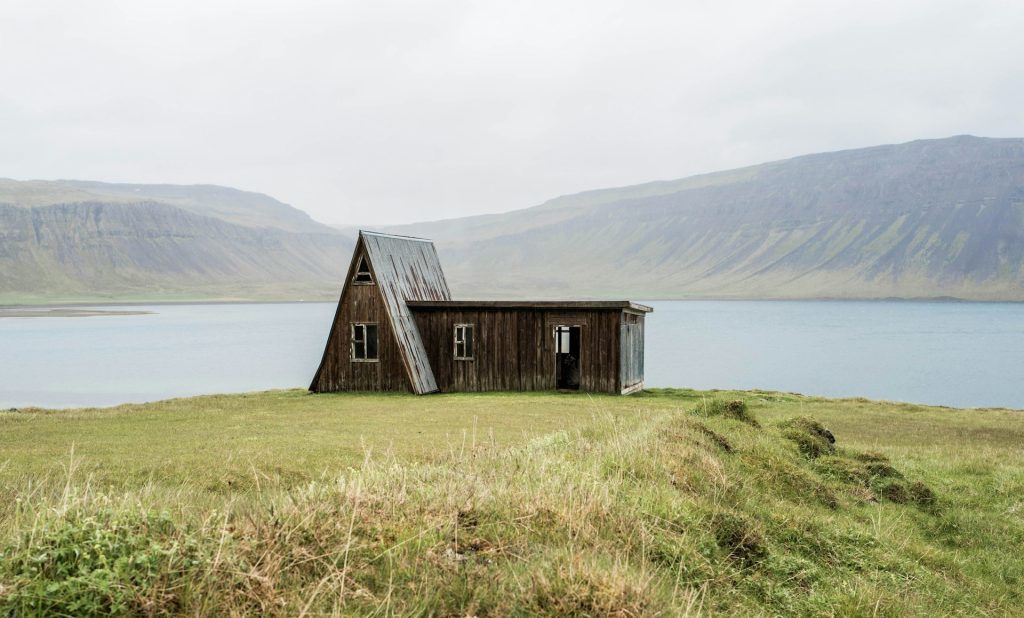
How to Visit Ísafjörður by Car
Reaching Ísafjörður by car provides an opportunity to experience the breathtaking landscapes of the Westfjords. Here’s how to get there:
- Driving Directions: From Reykjavik, take Route 1 (the Ring Road) north, then turn onto Route 60 and follow it west to Route 61, which leads to Ísafjörður. The drive takes approximately 6 hours and includes some of Iceland’s most scenic routes.
- Summer Visits: A standard car is usually sufficient for driving to Ísafjörður during the summer months.
- Winter Visits: In winter, it is highly recommended to rent a 4×4 vehicle due to the challenging mountain roads and potential for snow and ice.
Car Rental Tips for Ísafjörður:
- Road Conditions: The roads to Ísafjörður can be steep and winding, particularly in the winter. A 4×4 vehicle provides added safety and comfort, especially on mountain passes and gravel roads.
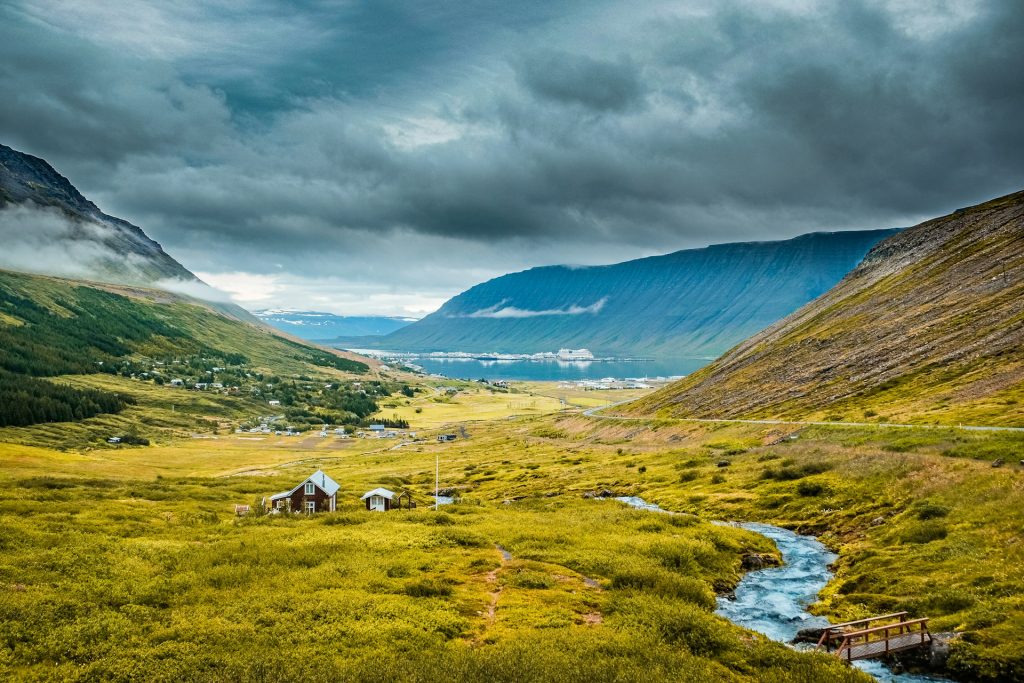
8. Borgarnes – Gateway to Snæfellsjökull National Park
Borgarnes is a small town located on a peninsula at the Borgarfjörður fjord. With a population of around 2,000, it is a historical hub where settlers first lived in Iceland. It is known for the Settlement Center, which offers insights into Icelandic history and culture. The town is also a gateway to the Snæfellsjökull National Park, home to the Snæfellsjökull glacier and volcano.
How to Visit Borgarnes by Car:
- From Reykjavik, drive north on Route 1. The journey takes about 1 hour and 10 minutes.
- A standard car is sufficient, but a 4×4 is recommended if you plan to explore the park and its rugged terrain.
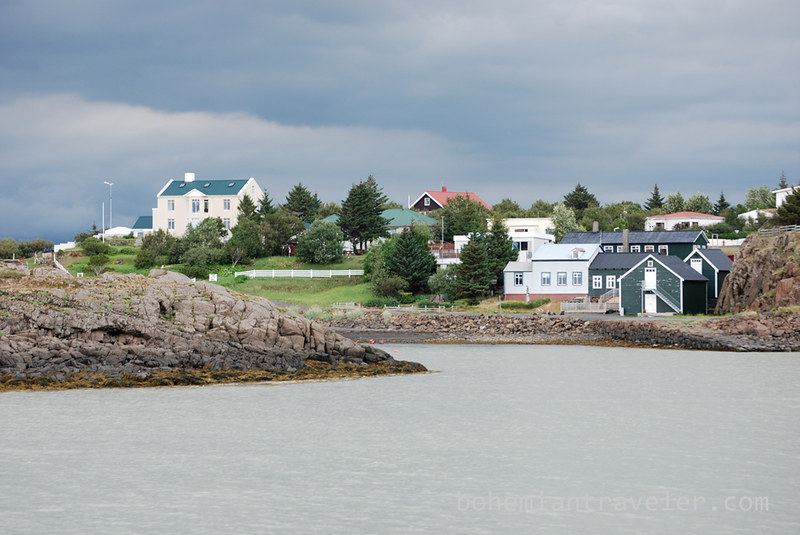
9. Vestmannaeyjar (Westman Islands) – The Largest Island
Vestmannaeyjar is an archipelago off the south coast of Iceland, with Heimaey being the largest island. The town is known for its volcanic history, notably the 1973 eruption of Eldfell, which led to the evacuation of the island’s inhabitants. Today, it’s famous for its puffin colonies and the annual Westman Islands Festival.
How to Visit Vestmannaeyjar by Car:
- Take a domestic flight from Reykjavik’s domestic airport to Vestmannaeyjar, or drive to Landeyjahöfn and take the ferry.
- No car is needed on the island itself, but a vehicle is useful for reaching the ferry terminal.
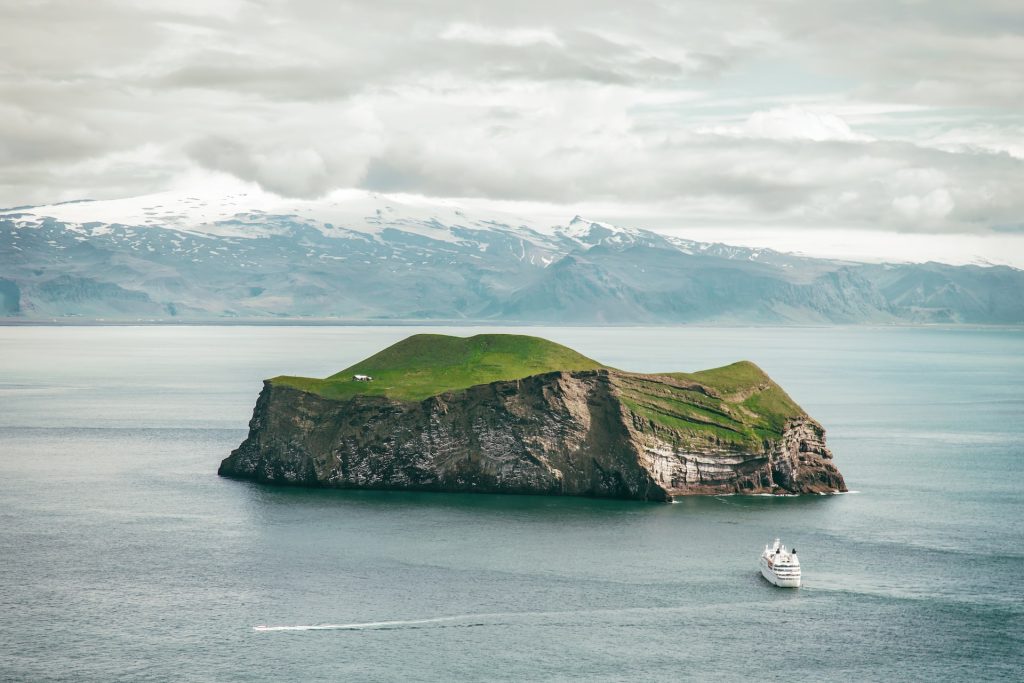
10. Hveragerði – The Hot Spring Town
Hveragerði is known for its geothermal activity, earning it the nickname “the hot spring town.” It’s located about 45 km east of Reykjavik and has a population of around 2,500. Visitors can enjoy the Reykjadalur hot springs and explore the geothermal park, where they can see boiling mud pots and steam vents.
How to Visit Hveragerði by Car:
- From Reykjavik, take Route 1 east. The drive takes about 40 minutes.
- A standard car is sufficient for this trip.
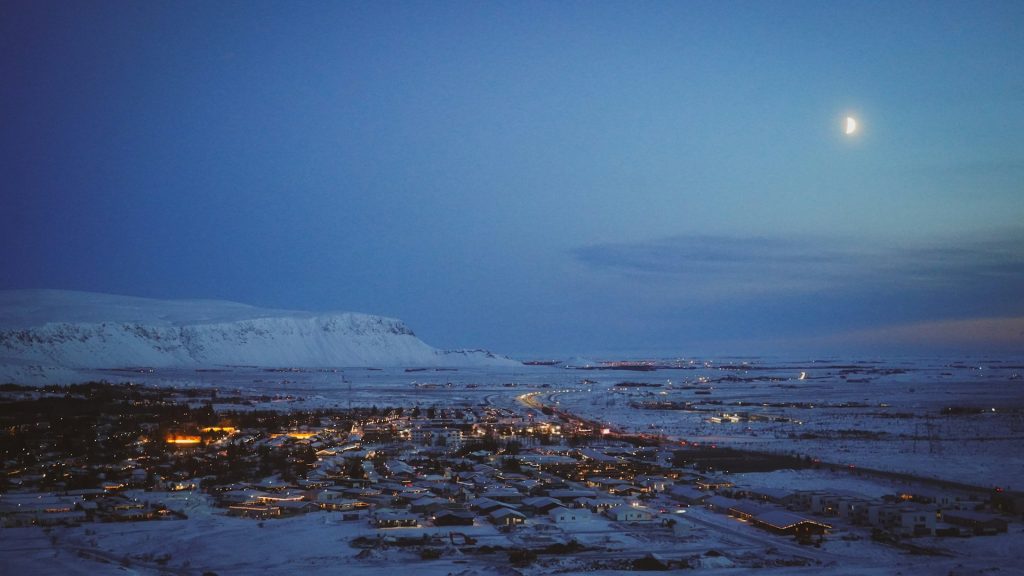
11. Dalvík – A Scenic Fishing Village
Dalvík, situated on the Tröllaskagi Peninsula, is a scenic fishing village known for its spectacular views and vibrant local culture. With a population of around 1,400, it’s a great spot for whale watching and enjoying local dairy products. The town hosts the annual Great Fish Day festival, where visitors can sample local seafood.
How to Visit Dalvík by Car:
- Drive north on Route 1 from Reykjavik, then take Route 82 north. The journey takes about 5 hours.
- A 4×4 vehicle is recommended in winter for safer travel on potentially icy roads.
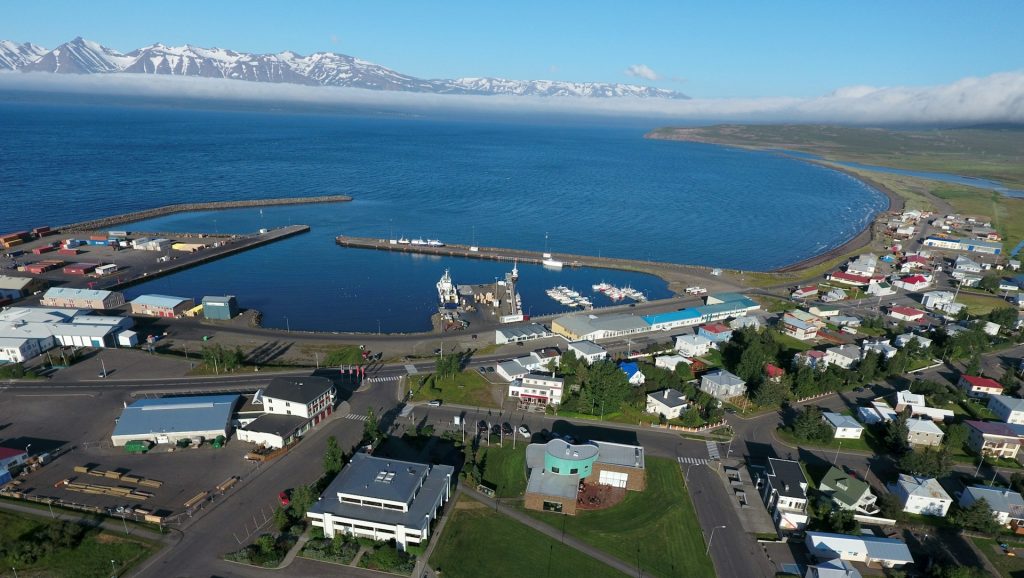
12. Seyðisfjörður – The Artistic Haven
Seyðisfjörður, located in the Eastfjords, is known for its vibrant arts scene and beautifully preserved wooden buildings. The town has around 700 residents and is home to several art galleries, including the Skaftfell Center for Visual Art. It’s also the port for the Smyril Line ferry from Europe, making it a point of entry for many travelers.
How to Visit Seyðisfjörður by Car:
- From Reykjavik, drive north along Route 1, then take Route 93 east. The journey takes about 8 hours.
- A 4×4 vehicle is recommended, particularly in winter, due to steep mountain passes.
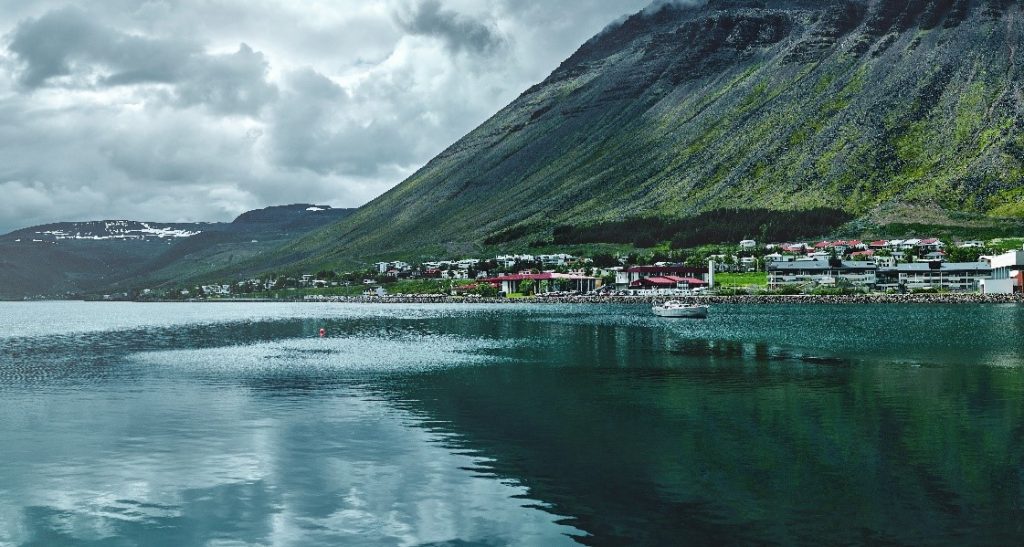
Best cities to visit in Iceland
Iceland is dotted with fascinating cities and towns, each offering unique experiences. Renting a car from Firefly Iceland Car Rentals ensures you have the freedom to explore these destinations at your own pace. Whether driving along the Ring Road, visiting charming fishing villages, or discovering Iceland’s capital, Reykjavik, we provide reliable vehicles to suit your needs.
Book your rental car with us today for the best prices and excellent service. If you need assistance choosing the right car or have any questions, contact us at firefly@firefly.is. Enjoy your Icelandic adventure!
